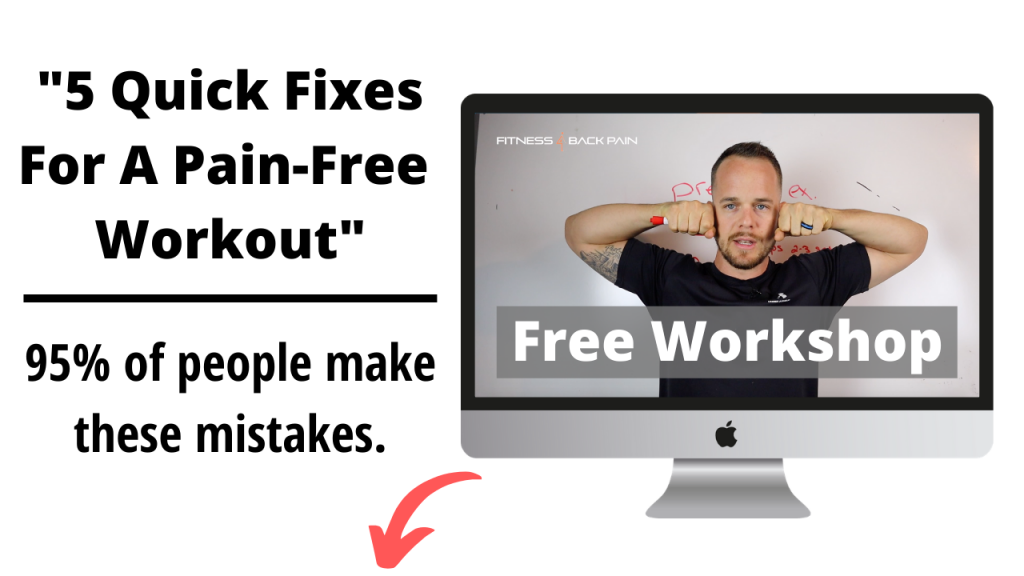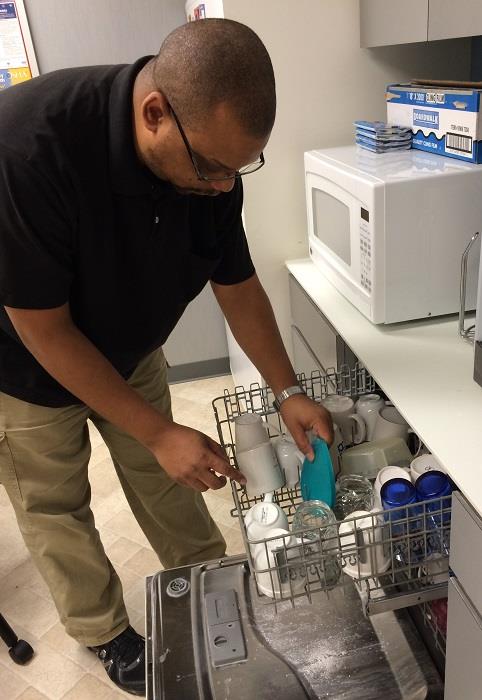We live in a tough world, babies are constantly crying, bosses are demanding and we don’t make enough money to pay someone to pick up after ourselves. What are we to do! Well if you have been experiencing any back pain lately you could be a candidate for perfecting what is called the hip hinge.
One of the biggest mistakes I personally still make today is the bad habit of using my back and hamstrings to do most of my lifting. I use the tension created in my hamstrings to almost spring myself back up from whatever I am doing. Odds are, if you have ever picked up a pencil, loaded the dish washer or bent down to tie your shoes, you have done the same thing. I’m not here to talk about some cliche’ approach to doing chores. I want to teach you how world renown back pain specialists teach their clients to rethink their daily activities and find freedom from their pain. It’s about grooving baby!
On this journey of maximizing my pain management I am learning what it means to “Lock-In” a neutral spine. Not just squeeze my abs and butt really hard every once in a while but literally trying to rewire the way I function. If I didn’t deal with back pain than I probably wouldn’t care but because the pain is very real I know how important this correction is if I want to maintain control over my pain.
Without going into too much detail, a lot issues we experience up and down stream from our back are from improper mechanics. We don’t move right. Our form doing daily tasks is jacked up. When it comes to your body an issue in your foot could literally be affecting the issue in your upper back. That’s why fundamental movements and re-grooving these things in our system is so important. In the famous words of the Asian Minister in the movie Chuck and Larry, “It’s Like a Circle”. The kenetic chain that is your body, affects everything from the top to the bottom!
Okay lets refocus…
The biggest mistake we are making is not truly understanding the art of bending over or what is scientifically known as the “Hip Hinge”. This is the position we are in when doing bending activities. Out of pure laziness we just simply bend over without thinking. That may work for someone without any pain but for someone in pain, it’s a matter of whether or not they’re going to get back up once they go down!
The Hip Hinge is massively valuable in multiple facets of life. Proper bending or “Hip Hinging” is just as important IN the gym as it is OUT of the gym. Remember that. When it comes to bending over things can get dicy. So, it’s important to take the time and start reverse engineering the way you move around. It could be what got you to this point of pain in the first place.
The Hip Hinge
Baby Steps: Place one hand on your belly while the other is on the lumbar portion of your back (lower back). This is a great way to coach yourself and feel whether or not the spine is locked and the motion you have is at the hips and NOT the back. If you find it difficult to master the hip flexion with a locked lumbar region I suggest you practice grooving this habit. What I mean by this is before you go to bend over for anything, do the the belly and back trick with your hands and practice flexing the hip while the lumbar portion of your back is locked. This will help make those brain body connections you need in order to make these things a habit.
If you’re having a hard time picking out what this “hip flexion with a neutral spine is” Dr. McGill says it best: “Have the individual practice the Midnight Movement (rolling the pelvis). Some patients who found sex painful never associate pelvis tilting with lumbar flexion.Well, they are both the same thing”.
So check yourself, stand up right now and see if whether or not you have it mastered. If so thats great keep practicing this until it becomes second nature to you. You want to continue to groove these healthy pain free positions and stay away from the painful ones. You may look weird and feel dumb doing it but remember everyone else around you probably has the same issue. Your smart enough now to make the corrections. Who is the dumb one?
If you still cant get the hip hinge technique, it’s all good I have a few more tricks up my sleeve for you to try.
Bonus Hip Hinge Instruction
For this technique you’re going to be standing on your knees. Your feet will be straight back behind you with one hand on the belly and the other on the lower back. The rest of your body will be standing straight up. Just like you did earlier, your going to bend at the hip ( Not the lower back). Your butt should slide back while maintain a neutral spine (often times we allow ourselves to adopt an over extended position (chest out, butt out with a curve in our lower back), we don’t want this. Make sure it’s neutral. Check out the video below.
Another technique for fine tuning a locked neutral position while hip hinging is using the “shortstop position” cue. Starting in a standing position. Slide your hands down the front of your thighs until they are resting on the tops of your knees right before the patella (boney structure that glides around on the front of your knee). As you descent, your kicking your butt back while maintaining the neutral position you have already established. You do NOT want to adopt an over extended position, so be sure to work towards perfection. Check out the video below of me executing it.
Wrap up:
Always remember, it took you years to create the body you have whether good or bad. It’s going to take time to fix it. Your not going to wake up tomorrow and have zero back pain. What you will do is have a better feel for proper movement which will take you out of painful positions.
“But I can’t just go popping my butt out every time I need to bend over. That’s annoying”
I understand. I am not trying to get you to never bend out side of a neutral spine – hip hinge position, but for now as we are trying to adapt “pain free” movements it’s extremely important to commit to what feels good and relieves the pain. As you progress and get better, normal flexion will eventually be able to be done without any pain.
Thanks for reading guys! If you know anyone who could benefit from this be sure to share it!
Question for you. When it comes to bending, during what activities do you tend to have the most pain when bending? Let me know below!
TTYS,
William



2 thoughts on “The biggest mistake you make when bending over”
Comments are closed.